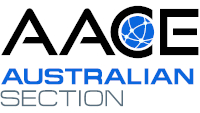presented by Dr David Hulett, PhD FAACE
Thursday, 21st October 2021, 12pm (AEDT) 9am (AWST)
Booking Link: https://www.trybooking.com/BUIRZ
Organizations vary in their appreciation of the potential impact of the risks that could affect their achieving time and cost goals while completing the project’s scope. This presentation lays out a schedule risk analysis maturity model that allows organizations to determine: (1) where they are today on the scale from “not aware” to “advanced integrated cost-schedule risk analysis” and (2) where they want to be, what is their optimal level of risk analysis maturity. The levels of maturity are described:
- Unaware of cost or schedule risk – rely exclusively on the deterministic finish date and cost estimate, uninterested in talking about risk.
- Basic risk awareness – understand that risk to cost and schedule exist but unaware that there are risk analysis methods to help. They say: “Why do I care? This is the way we have always managed risk on my projects?”
- Qualitative risk analysis – a traditional way to identify individual risks, their probabilities, impacts and potential mitigations. Yields the risk register, identifies which risks are red, yellow or green. Cannot estimate the likelihood of finishing on time and on budget or the amount of contingency needed.
- Basic quantitative risk analysis – using the cost estimate and schedule as mathematical models of the project. Places ranges (minimum, most likely, maximum) directly on the activities and cost line items. These ranges are supposed to be images of the effect of risks that may occur on individual activities or costs but they are individuals’ assessment without the benefit of using the project schedule to translate the uncertainty into finish-line consequences. Does not permit quantitative analysis of the risks themselves to drive the Monte Carlo simulation (MCS) of the model, and, in particular, ignores the importance of some risks that affect multiple activities, thus misses the prioritization of the risks. Focuses on the activities’ likelihood of being critical, not the risks that jeopardize the finish date.
- Modern cost or schedule risk analysis –uses the identified risks to drive the Monte Carlo Simulation. Specific risks can affect many activities and activities’ variability may be influenced by multiple risks. Prioritizing risks’ effect on the project objectives can be measured by iterative simulations, eliminating each risk in turn (with replacement) so the risks, not the activities or cost line items, can be prioritized by the number of days saved if the risk is fully mitigated. Correlation is modeled during MCS, not guessed-at in a workshop. Achieving time and cost targets independently is shown by the cumulative distribution results.
- Advanced integrated cost and schedule risk analysis – recognizes that the impact of schedule uncertainty affects time-dependent resources’ cost. Uses resource-loaded CPM schedules. Cost is placed on the schedule using time-dependent (labor) and time-independent (materials) so the simulation calculates consistent finish dates and costs in each MCS iteration. The Joint Confidence Level (JCL) analysis indicates the probability of finishing on both cost and time.
This presentation does not drive organizations to achieve full cost-schedule integration (level 5) unless that is desired. Often some projects will require more or less risk analysis maturity depending on size, complexity, type of project or other criteria.
Presenter Profile
David Hulett, Ph.D. is the head of Hulett & Associates, LLC, a project risk analysis and management consultancy located in Los Angeles, CA, USA. He was elected as a Fellow of AACE International in 2015 and received the Association’s Brian D. Dunfield Educational Service Award in 2018.
Hulett & Associates has consulted with large organizations and government agencies in the United States, Canada, South America, Europe, Asia and the Middle East. The commercial customers are in several industries including oil and gas, chemicals, pharmaceuticals and vertical construction. Government clients include the US Department of Energy national laboratories, Government Accountability Office, Architect of the Capitol, National Science Foundation, Aerospace / defense and intelligence community agencies and the California Department of Transportation.
Dr, Hulett has published two books on Practical Schedule Risk Analysis and on Integrated Cost Schedule Risk Analysis, and has had eight of his articles published in the AACE International Cost Engineering Journal. He has authored two of AACE International’s Recommended Practices on integrated cost-schedule risk analysis (57R-09) and Decision Tree modeling (85R-14).
Previously, Dr. Hulett was employed by TRW (aerospace and defense), Tosco (an oil company with oil shale properties and technology), the US Department of Energy, Office of Management and Budget and Board of Governors of the Federal Reserve System. He was an Instructor in the Department of Economics of Harvard University.
Dr. Hulett has earned an A.B. from Princeton University in the Woodrow Wilson School of Public and International Affairs and a Ph.D. from Stanford University in Economics.


